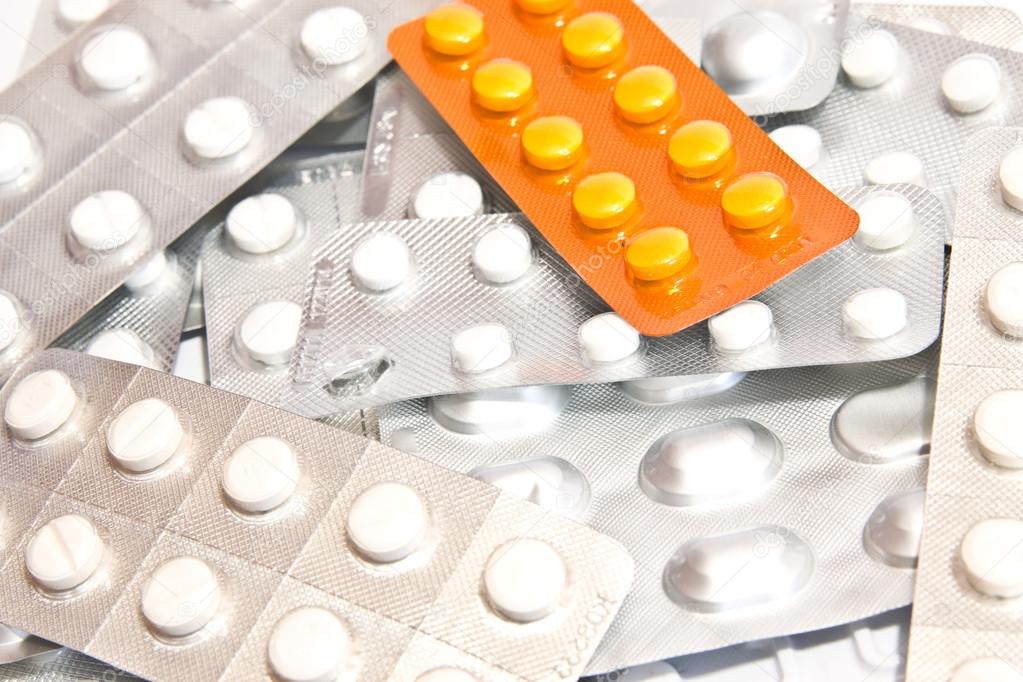FIND OUT ABOUT THE COMMON HOUSEHOLD CHEMICALS HIDING IN YOUR FOOD, BIN AND PURSE THAT COULD HARM YOUR DOG. INCLUDING IBUPROFEN, ARTIFICIAL SWEETENERS AND MORE!
In Short
Although some medications, even human ones, are suitable for dogs – it is not possible to apply the same principles when it comes to giving or using them. Dogs require different (much lower) doses due to generally being lighter & smaller, and also having different (poorer) tolerance to poisons than human beings. Unfortunately many dog owners make the mistake of either leaving human medication around within reach of nosey/curious pets, and/or they give medication to them without realising its potential disastrous effects. From nausea and vomiting to breathing difficulties to weakness and confusion to loss of consciousness, coma and even death. The consequences of dogs ingesting toxic products (such as chemicals and medications) are not to be ignored and being aware of this is part of being a responsible owner
Note: just because a dog was once given a medication (or type of medication) by a vet e.g. after surgery, does not mean it is suitable for you to give it to your dog again, off the shelf or from a human prescription. Your dog was likely to have been given a tiny proportion of anything available for humans, and it would have been checked for any potential added substances which are toxic to dogs in those doses but not to humans (e.g. xylitol).
Human Medications
- NSAIDs e.g. Ibuprofen – NEVER (there are specific dog-approved NSAIDs that can be prescribed by your vet, no dose of ibuprofen and other human NSAIDs is considered to be safe) – risk of stomach ulcers and bleeding, kidney & liver toxicity
- Aspirin – NEVER (this would only be used if your vet specifically evaluates and prescribes it) – risk of stomach ulcers and bleeding
- Opiates – NEVER AT HOME (these should only be used when prescribed, usually after surgery and exactly as prescribed – they should not be then reused for other situations)
- Benzodiazapines – NEVER (these are not made for dogs and can cause unpredictable and dangerous problems, even death) – if your dog has anxiety, you need to find the cause and deal with that
- Antidepressants – NEVER (these are not made for dogs and can cause unpredictable and dangerous problems, even death)
- Paracetamol/Acetimenophen – DOSE IS KEY (CONSULT VET) – never leave these accessible to your dogs, even if your vet has recommended a specific dose in the past
- Anti-histamines & Benadryl – DOSE & BRAND IS KEY (CONSULT VETS) – certain brands are okay in certain doses, but should be used with caution and only after consulting vet – can cause drowsiness or hyperactivity, so monitor your pet after use
- Cold & flu products – NEVER (the combination of multiple drugs in one, including paracetamol and often sleep-inducing drugs makes these highly unpredictable)
- Sleep aids – NEVER (these are not made for dogs and can cause unpredictable and dangerous problems, even death)
- Human supplements (including glucosamine, diet pills, caffeine pills, vitamins) – NEVER/DOSE IS KEY (CONSULT VET)
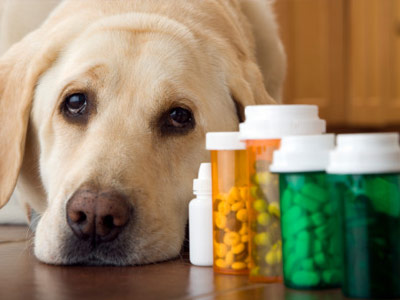
Chemicals
- Xylitol (artificial sweetener) – highly toxic chemical to dogs, found in chewing gum, sugar-free products and some peanut butters (see our food page)
- Cleaning and laundry products e.g. containing bleach – if ingested they can cause various degrees of gastrointestinal distress, and concentrated versions risk skin burns on contact
- Rodent/insect repellents – potentially fatal to dogs, use with caution
- Weed killer – can cause shivering, respiratory distress, excessive panting, vomiting, diarrhoea or even more severe reactions (use with caution)
- Personal and soap products – can cause a range of gastrointestinal problems
- Essential oils – use diffusers and essential oils with great caution, many essential oils are toxic to dogs (or other animals), even causing seizures. Even with safe oils, keep scented oil diffusers (and candles) out of pets’ reach as ingestion of most essential oils poses a risk
- Some chemicals in some dog treatments may cause issues for particular dogs (similar to an allergy or due to the condition below)
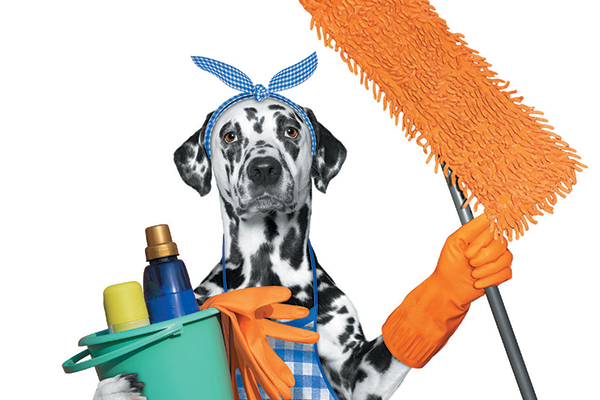
MDR1 (“multidrug resistance mutation”) is a gene mutation common in herding breeds which is a drug resistant condition which causes dogs to be particularly sensitive to the negative effects of multiple drugs and chemicals that other dogs tolerate without problem. Some vets will be unaware of it and the dog may not be tested for it. The dog can end up having adverse reactions to multiple drugs and chemicals – including wormers, flea treatment and other drugs. Symptoms might not appear for 24 hours after exposure and it can result in seizures or death, and symptoms might not appear for 24 hours after exposure. When a dog is exposed to the drugs or chemicals the drug has to get out of their system naturally. Because they can’t process it, they can circulate around the dogs system for a several weeks or months.
Top Tips
Always consult your vet before giving your dog (or any pet) anything that is not specifically for dogs (or their species) or if you are not sure about the dosage. Similarly if they are on medication usually, make sure to consult your vet in case of contraindications. Always consider the content of anything you put on your dog’s (or cat’s) skin as they will likely lick it off and therefore ingest it which can be toxic. Supervise your dog after you administer anything and use a buster or Elizabethan collar if they are particularly known to immediately lick it off.
Know the signs of poisoning when it comes to items like ibuprofen that your dog may get access to (unintentionally), and keep the numbers for emergency vets handy, including out of hours, as time is of the essence when it comes to poisoning. When away/abroad with your dog, also find and keep the numbers for a local emergency vets handy.
Keep all potentially poisonous or toxic items out of reach of your dogs – put medications in drawers and keep them well away from dog treats (we all know how determined our canine friends can get when it comes to getting to those dreamy treats!!!) Keep medications in packets in drawers; dogs can chew through pill bottles and foil packets – think about it, if they can chew through wires and walls then pill containers are manageable too, especially when they often make interesting noises appealing to playful (and potentially bored) dogs.
When doing medication retrieval tasks, assistance dogs should retrieve a case with the medication inside it, rather than the foils or packets themselves as this risks the dog’s exposure to the pills as well as damage to the integrity of the packet, pills etc.
If you drop a pill – any pill – pick it up immediately and make sure to dispose of it responsibly. Remove your pet from the area until you find the pill. Similarly if you spill any chemical or cleaning product, remove your pet from the area, clean the spill up and neutralise it as quickly as possible.
We recommend disposing of human medications by taking them to your pharmacy (whether they are prescription or over-the-counter; in date or out of date) rather than throwing them away in the bin, to make sure no one can get hold of them – including your dog. This is also environmentally friendly, as they can leach toxins into the environment if sent to landfill, whereas pharmacies can responsibly dispose of them.
Keep all cleaning products out of reach of pets and children, make sure to close bottles fully and keep them secured. Check bottles to see what they say regarding pets and children, where possible only use those which are suitable for use around these when it comes to areas that your pet will have free access to roam.
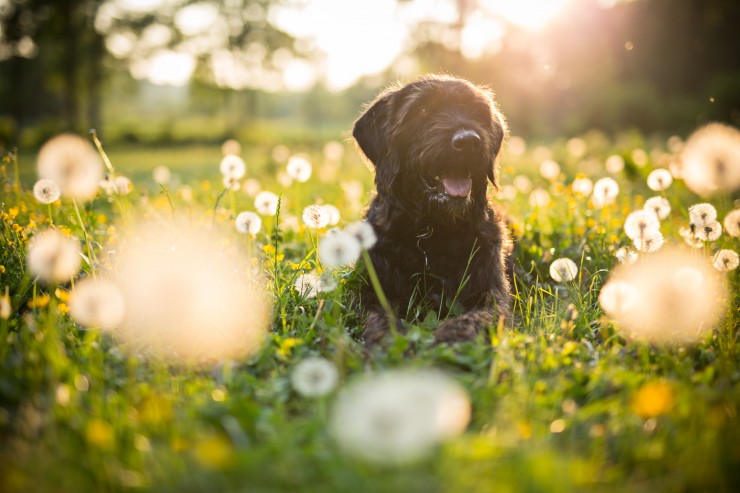
Keep your pets away from areas that have recently been cleaned with chemical products, air the room well and let it dry before letting them back in – this reduces the risk to them from skin contact, inhalation and potential ingesting (e.g. from licking the floor). This also applies to locations which have been recently treated with rodent or insect repellent or weed killer in your garden etc. – where possible use natural ones which are suitable for use around cats and dogs and still be vigilant.
Find out about plants, trees, berries and flowers which are toxic to dogs and make sure to keep your house and garden free of them. Learn how to identify poisonous plants etc. that you might encounter out and about so you can make sure to deter your dog from going near them. Most dogs won’t eat plants that are poisonous, but make sure to find out about ways to counteract these potential toxins and how to identify the signs of poisoning from them.
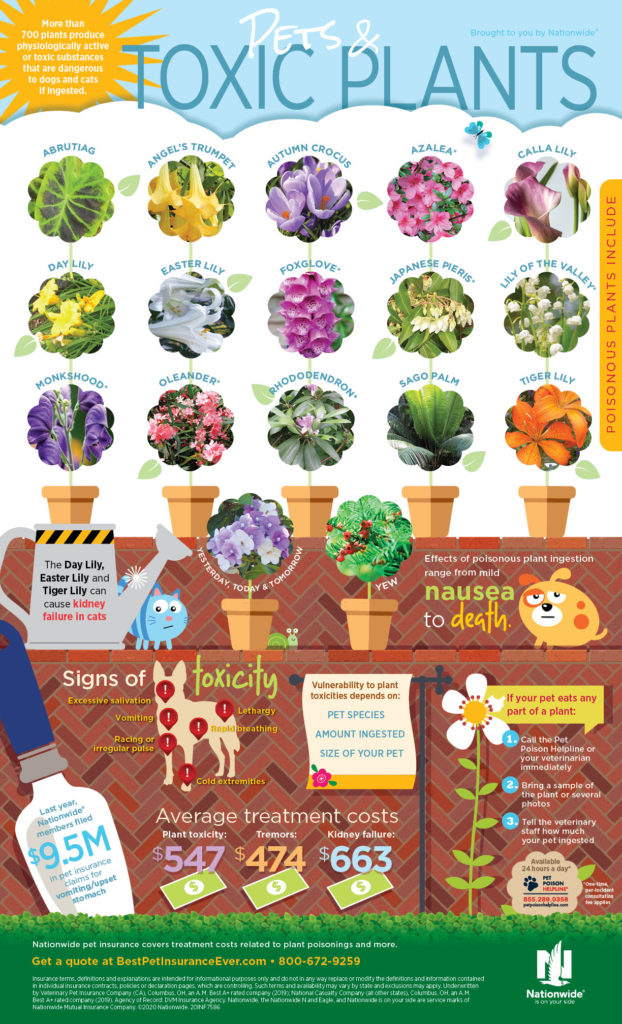
**information sources**
American Veterinary Medical Association
Is It Safe to Give Human Medicine to Dogs
AVMA: Household Hazards
Lamond Veterinary Clinic
Dog’s Trust: Poisonous Substances
Pet Health: Toxic Plants


